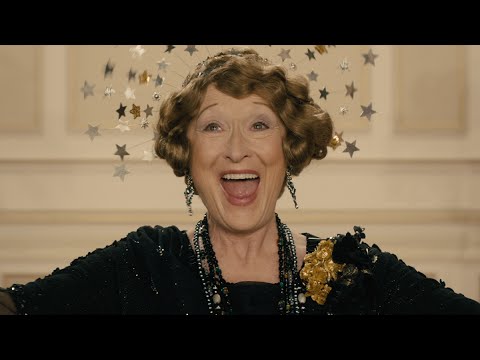PBS: John Lewis — Get In the Way
Posted on February 7, 2017 at 3:16 pm
Congressman John Lewis was the youngest person to speak at the March on Washington organized by the Reverend Dr. Martin Luther King, Jr. This week, PBS will show a documentary about Lewis, a key figure in the civil rights movement of the 1960s and a genuine statesman and hero. Despite more than 40 arrests, physical attacks, and serious injuries, John Lewis remained a devoted advocate of the philosophy of nonviolence. He was one of the leaders of the SNCC and a Freedom Rider and his three-volume memoir March is a best-seller and the first graphic book to be given a National Book Award.
A film by Kathleen Dowdey, “John Lewis – Get in the Way” is the first biographical documentary about John Lewis, an inspiring portrait of one man cast into extraordinary times and his unhesitating dedication to seeking justice for the marginalized and ignored. The film spans more than half a century, tracing Lewis’ journey of courage, confrontations and hard-won triumphs.
At the age of 15, John Lewis’ life changed forever when he heard Dr. Martin Luther King, Jr. on the radio. It was 1955, during the Montgomery Bus Boycott, and Lewis listened with rapt attention as the young preacher called for resistance to the harsh injustice of segregation. Notably, Dr. King exhorted those listening to fight not with weapons but with proven tools of nonviolence.
Lewis embraced Dr. King’s spiritual call with a fervor that would determine the course of the rest of his life. A student activist in the vanguard of the Civil Rights Movement, Lewis was arrested and jailed for the first time during the Nashville lunch counter sit-ins in 1960. A front-line general during the 1961 Freedom Rides, he was repeatedly assaulted by angry, unrestrained mobs.







